About 5 hours east of New York in the Atlantic ocean on the way to Portugal is the autonomous region of Portugal known as the Azores. The Azores consist of 9 island with Sao Miguel being both the largest and most populated. Sao Miguel is home to the executive capital of the Azores: Ponta Delgada.
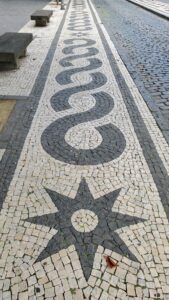
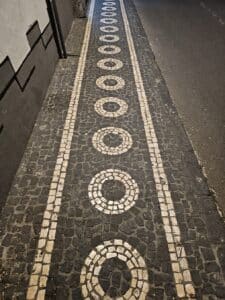
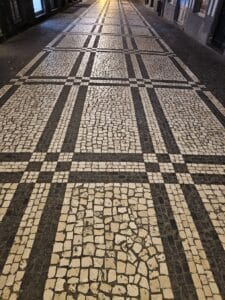
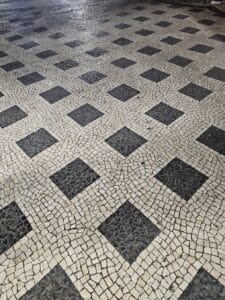
Once you step foot in Ponta Delgada, you will immediately notice the beautiful designs in the sidewalks. This is known as Portuguese Pavement or Calçada Portuguesa. It can vary from from simple patterns to complex designs and images. On closer inspection, you will realize this pavement is actually thousands and thousands of white and black stone painstakingly placed one by one to create this impressive work.


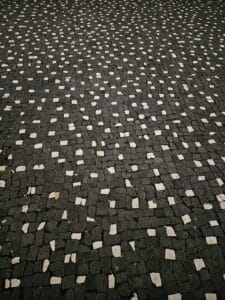
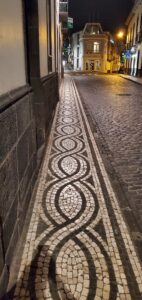
Calçada Portuguesa can be found in different parts of Portugal including the Azores and Madeira as well as former colonies of Portugal. Unfortunately, new Calçada Portuguesa is becoming less and less common and work typically being done now is to preserve and maintain existing Calçada. A combination of low wages and long hours have also resulted in less calceteiros (or pavers) still doing this type of work.
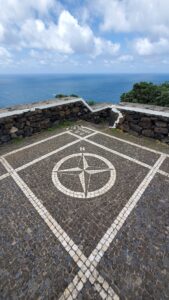
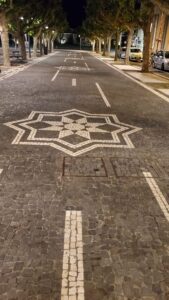
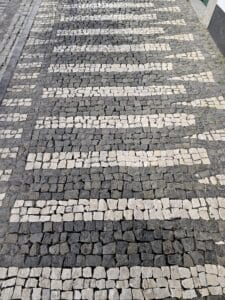
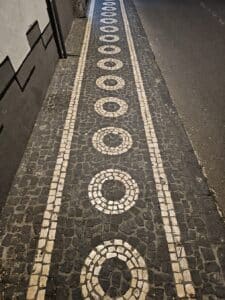
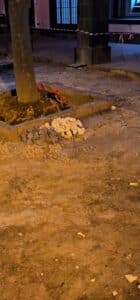
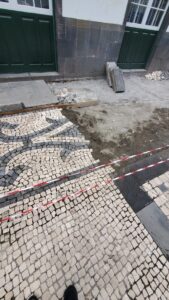
Along with the long hours and low wages, another reason this art is slowly disappearing is due to the nature of the stone being used, unlike normal pavement, Calçada can become slippery when wet and also become a tripping hazard due to the stones becoming loose overtime.
Even with all the downsides and being less practical than normal pavement, there is no denying the beauty. Lets hope the art never dies and people will be able to enjoy work of Portugal’s calceteiros.

